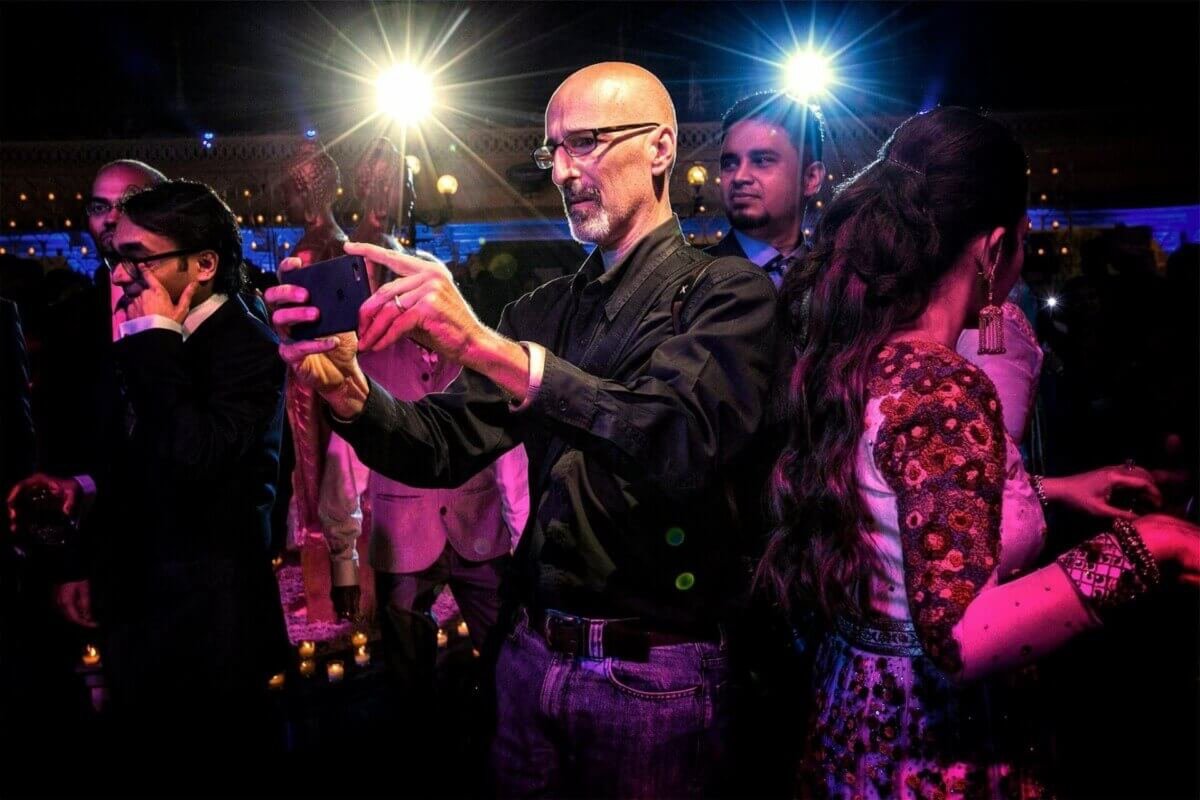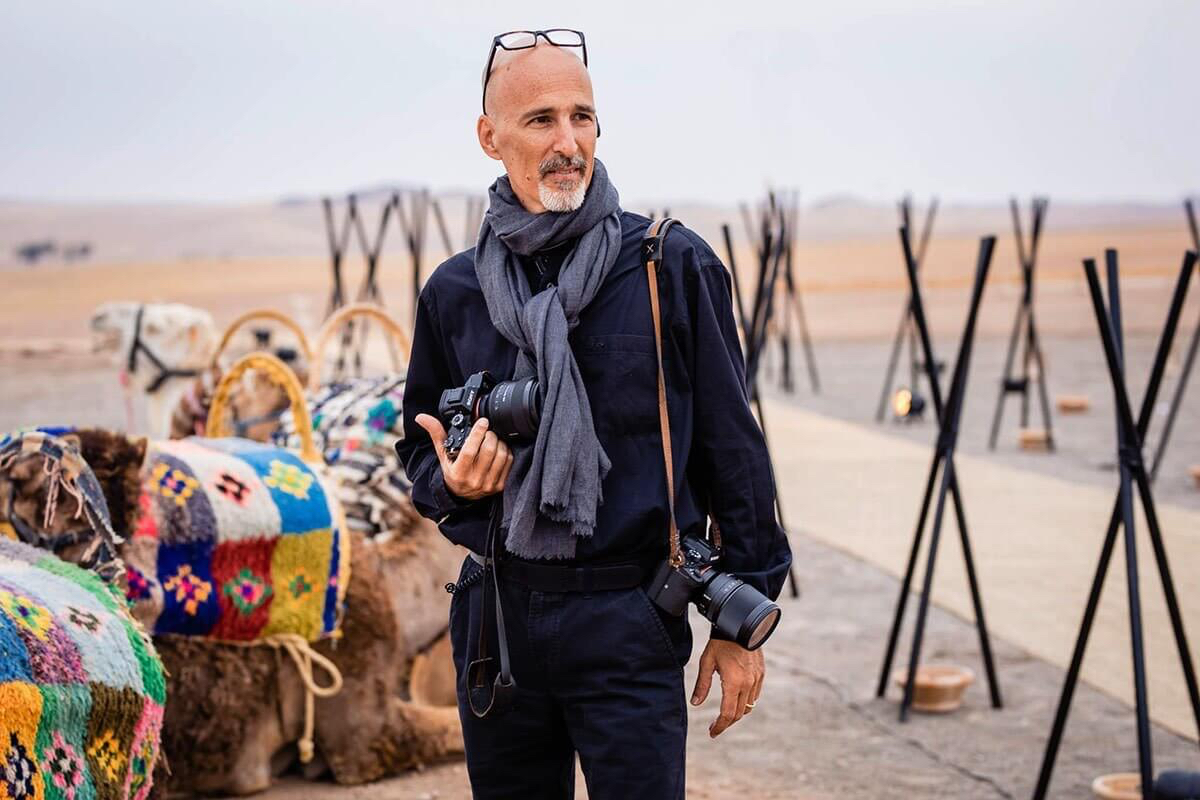Shooting a wedding and having a second shooter at your side can be a great help, bringing another dimension to the coverage of the wedding, as well as in terms of backup and technical support. Yet, it is not always a pleasant experience as it brings about many issues related to expectations, qualifications, rights and responsibilities. We thought it could be good to have a look at second shooters best practices, and try to shed some light on a subject we so often tend to ignore.
Working With A Second Shooter
When I first started shooting weddings I used to work alone. There is a funny thing about Indian families and wedding photographers. The bride and groom’s families often hire separate photographer for each side, so a photographer might sometimes have to deal with another team that interferes with his work. I have experienced a team of 11(!) once. Way too much! Having had enough of that eventually led me to how I work today. I have come to a decision never to take an assignment where another team of photographers is expected. Instead I work with my own team of second and third shooters, which led me to look at the work relationships with these photographers.

The Second Shooter
An Assignment With A Brief
When you join another photographer on a shoot you must remember that this is an assignment with a brief. Stick to the brief of course, but also shoot what you see and like. I do not expect you to be a camera holder, but a photographer with a vision. Let me see what else you can bring to the coverage in order to make it better.
Ownership Of Images
Unless otherwise agreed in writing, a second shooter is defined as work-for-hire. This means that the images you shoot on assignment as a second photographer are copyrighted to the lead photographer, and he/she can publish the work under his/her name WITHOUT giving credit to the second photographer. However, some photographers, myself included, choose to credit the team photographers by name. We do however require that the following will be preserved:
- You will represent the brand you work under and will not be handing out your own personal business cards under NO circumstances.
- You should not mislead potential clients to think that the assignment was your own. Always mention on your post or social media that you were a part of a photography team with {photographer name} as lead photographer.

The Lead Photographer’s Agreement
The terms and conditions of the original agreement between the lead photographer and the client apply to you as well. This means that you will only publish your images on your website AFTER, and only IF the lead photographer did so, and only with the lead photographer’s approval.
How I Work
Every photographer has his/her way of using the second shooter. I divide the scene into circles that are the responsibilities of different people; The 1st circle, which is the bride and groom and their immediate family, are the responsibility of the lead photographer. I always want to be right there where the couple is, unless events happen simultaneously at different locations. This is where the second shooter comes to play to handle the other event.
The 2nd circle is what happens away form the couple. ‘What are your friends doing when you are getting ready’ kind of shots. What is going on away from the stage? How does the Polo match is going on while you are having your hair done? This second circle enables me to tell a wider story, which the bride cannot experience first hand.
The 3rd circle are the guests and their requirements. All the request shots and group shots are covered by the third photographer. He is also responsible for the wide angle decor shots, while the mood and close up shots are done by myself, or the second shooter.
I love shooting the dance floor myself, and I prefer to work with a lighting assistant who can anticipate my position, and how I shoot. Someone who knows my style of work, and what I want the light to do. This is why I don’t give this job to a ‘lighting guy’ who only knows how to hold, but to someone I trust and know well.
Deliverables
There are many other practices that vary between photographers. I prefer that photographers use my cards, which they give back at the end of each day. I don’t mind if you shoot on your own cards in case you want to keep the images, but I cull and back up all the team’s cards at the end of every day.
I do all the post production myself so the submission is homogenous and looks as much as possible like one body of work. If you keep the images and wish to use them for your own promotion, I prefer if you do the post in your own style. I believe this works well for everyone.
SILK PHOTOS 2nd Shooter Agreement
Working through SILK PHOTOS agency means that all that is discussed is backed up by agreements that define the rolls of both sides. The agreement with the second shooter is meant to establish good working relationship that will enable a pleasant experience before, throughout, and after the wedding.
Feel free to have a look at the second photographer agreement from SILK PHOTOS. You are allowed to download and use it, or make changes that will fit your requirements. We would love to hear from you, and start an open discussion that will hopefully help photographers in India establish a benchmark for working with a team.
See you in the comments…
P.S Oh yea, one more thing that is always nice is that the second shooter takes photos of the lead photographer at work. This can be great promotion content. In the last few days we’ve asked wedding photographers to share images of themselves at work, and credit the person who took the picture. We’re going to do something quite exciting with this, so please keep sharing your pictures with us by email or on our Facebook page. Tag these images #SecondShooter